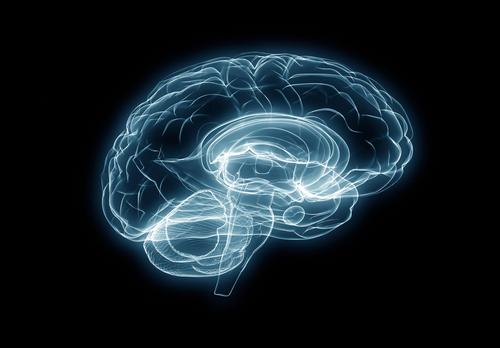EU Effort to Model the Human Brain
The European Union has announced an ambitious project to model the human brain. The "Human Brain Project" is one of two EU-based projects that will receive 1 billion Euros each as part of the Future and Emerging Technologies competition. The project, which is expected to last a decade, will create the world's largest experimental facility for developing a detailed model of the brain and how it works. That could ultimately assist in the development of personalized treatment of neurological diseases, according to the EU. (The other winning project will study graphene, the carbon-based material that conducts electricity much better than copper, and also has unique optical properties.) The Swiss government and private agencies will chip additional funds into the Human Brain project’s estimated 1.19 billion Euro cost. That money will support the efforts of neuroscientist and project leader Henry Markram’s laboratory at the Ecole Polytechnique Fédérale de Lausanne. It will also go towards the Swiss Supercomputing Center in Lugano, which will provide the chief supercomputing facilities for what Markram terms the Brain Simulation Platform. The Swiss canton (or region) of Vaud is also offering the “Neuropolis,” a building dedicated to ”in silico life science” and centered on the Human Brain Project. The Swiss Confederation, the Rolex Group, and various third-party sponsors are backing this part of the effort. In total, scientists from 87 different institutions are involved. “In brief, the HBP will create a CERN for the brain,” the project said, referring to the European Center of Nuclear Research, the massive particle accelerator designed to discover the fundamental building blocks of the universe. To that end, the Human Brain Project is focusing on what it calls Information and Computing Technology (ICT): platforms for neuroinformatics, brain simulation and supercomputing that will make it possible to federate neuroscience data from all over the world, to integrate the data in unifying models and simulations of the brain, and to check the models against data from biology before making them available to the world scientific community. The models can then be used for diagnosis. Finally, the Human Brain Project will build new platforms for “neuromorphic computing” and “neurorobotics,” allowing researchers to develop new computing systems and robots based on the architecture and circuitry of the brain. The project’s effort in high performance computing would be led by FZJ, which also leads PRACE, Europe’s largest supercomputing initiative, noted the accompanying report. “The ultimate goal is to allow neuroscientists to connect the dots leading from genes, molecules and cells to human cognition and behavior,” according to the project. Work will begin in the closing months of 2013, beginning a two-and-a-half-year ramp-up phase. "Europe's position as a knowledge superpower depends on thinking the unthinkable and exploiting the best ideas,” European Commission vice president Neelie Kroes wrote in a statement. “This multi-billion competition rewards home-grown scientific breakthroughs and shows that when we are ambitious we can develop the best research in Europe.” Image: Jezper/Shutterstock.com

